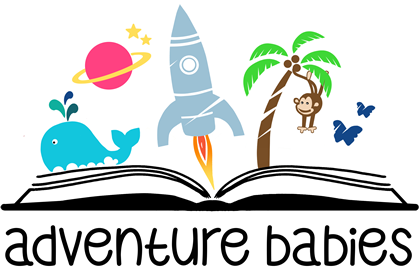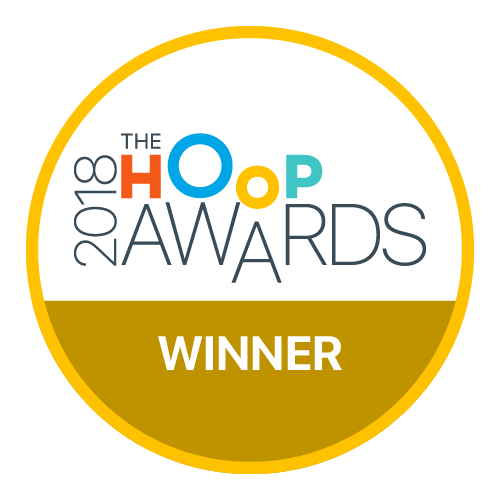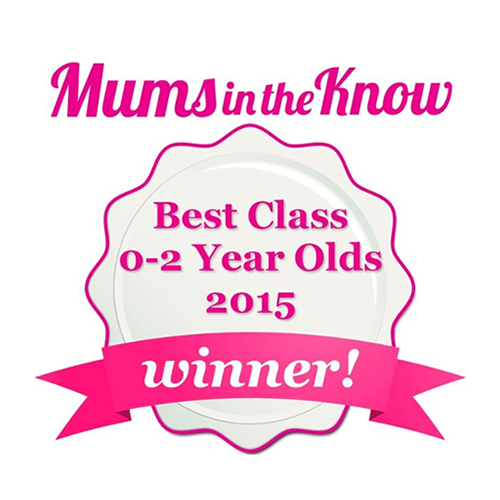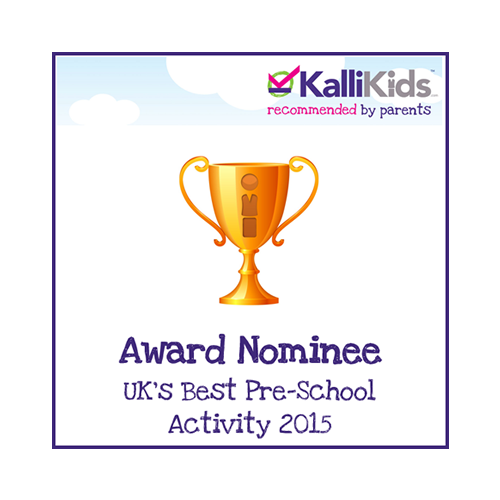What Does It Mean When My Baby Smiles, Laughs, or Cries?
There’s something utterly magical about the moment your baby smiles at you for the first time—like they’ve just handed you the moon on a spoon. But new parents often wonder: when do babies start smiling and laughing? Is that little grin just gas, or are they genuinely happy? And when will those heart-melting giggles arrive? Understanding your baby’s emotional expressions can help you support their development—and maybe even tip the scales toward more smiles and fewer tears.
Let’s decode baby smiles, laughter, and cries—plus a few tricks to help your baby master the art of joy.
When Do Babies Start Smiling and Laughing?
Smiling and laughing are big developmental milestones—and some of the most rewarding ones too. Here’s when they typically appear:
-
Smiles (Social Smiles): Between 6 and 8 weeks, your baby will start to smile on purpose, especially in response to your face, voice, or a favourite toy. Before that, any smile is likely reflexive (yep, even if it melted your heart at 3 days old).
-
Laughter: Around 3 to 4 months, babies usually start to giggle—often during play, tickles, or when you make silly faces. It’s a sign their brain is developing enough to find things funny (or at least entertaining!).
But remember, all babies are unique. If yours takes a little longer, it doesn’t necessarily mean something is wrong. They might just be a deep thinker… or plotting world domination with a poker face.
Why Do Babies Smile and Laugh?
Babies smile and laugh for all sorts of reasons, and it’s not just because they’re happy (though that’s a big part of it). Smiles can mean:
-
Connection: Your baby is bonding with you, recognising your face and voice.
-
Excitement: They’re stimulated by something fun or familiar.
-
Comfort: They feel safe, secure, and content in their environment.
Laughing, on the other hand, often signals delight and surprise—it’s their way of saying, “That was unexpected and brilliant, please do it again!” It’s also linked to early social skills and emotional regulation.
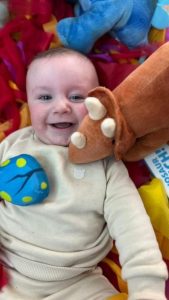
Helping Your Baby Smile and Laugh (More Than Cry)
While babies do cry (a lot, let’s be honest), there are gentle ways to encourage more happy moments. Here’s how to nurture your little one’s emotional milestones:
1. Face-to-Face Time
Get close and personal. Babies love studying faces—especially yours. Smile often, talk in a sing-song voice, and mirror their expressions. You’ll look a bit silly, but your baby will love it.
2. Play Peekaboo
This classic game isn’t just fun—it helps babies learn about object permanence and builds anticipation (which often leads to laughter!).
3. Use Baby Classes
Classes like Adventure Babies are brilliant for this. Through sensory storytelling, songs, and interactive play, babies are exposed to a rich environment that helps spark those first social smiles and chuckles. Being around other babies and parents also boosts their social awareness.
4. Sing and Be Silly
Singing nursery rhymes, using exaggerated facial expressions, or making animal sounds might earn you your first giggle. Don’t worry—your baby is your biggest fan, even if Simon Cowell wouldn’t be impressed.
What If My Baby Doesn’t Smile or Laugh Yet?
If you’re wondering “when do babies start smiling and laughing?” and your little one hasn’t started yet, don’t panic. Every baby has their own timeline. However, if by 3 months your baby isn’t smiling in response to people, or by 6 months they’re not showing any joy (smiles, laughs, or squeals), it’s worth mentioning to your health visitor or GP.
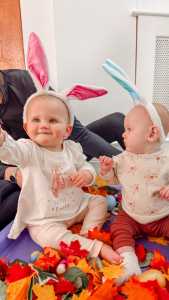
Final Thoughts
Those gummy grins and sweet giggles are more than just adorable—they’re milestones that show your baby’s brain and emotions are blossoming. Understanding when babies start smiling and laughing can help you enjoy the ride, offer support when needed, and celebrate every smile like the miracle it truly is.
And in the meantime, if you’re looking for ways to turn up the joy (and turn down the tears), baby classes like Adventure Babies are a brilliant way to bring stories, songs, and sensory play into your little one’s world—one smile at a time.
